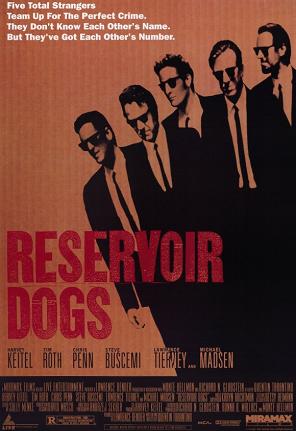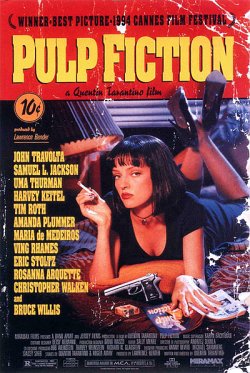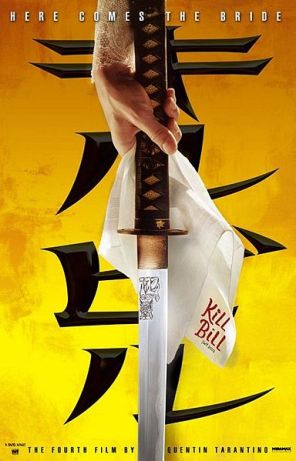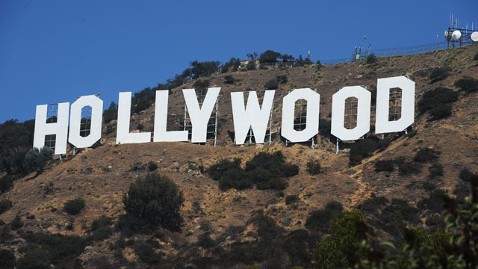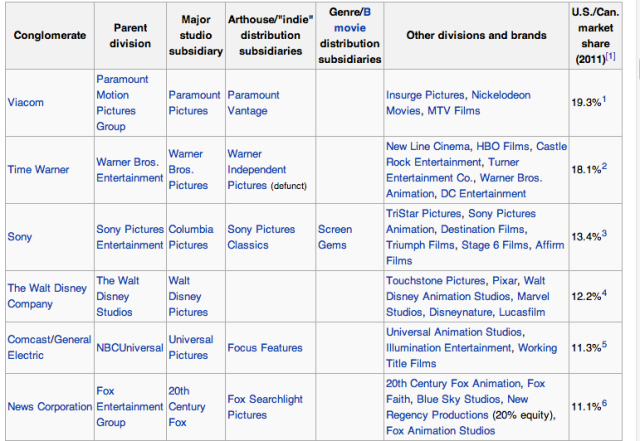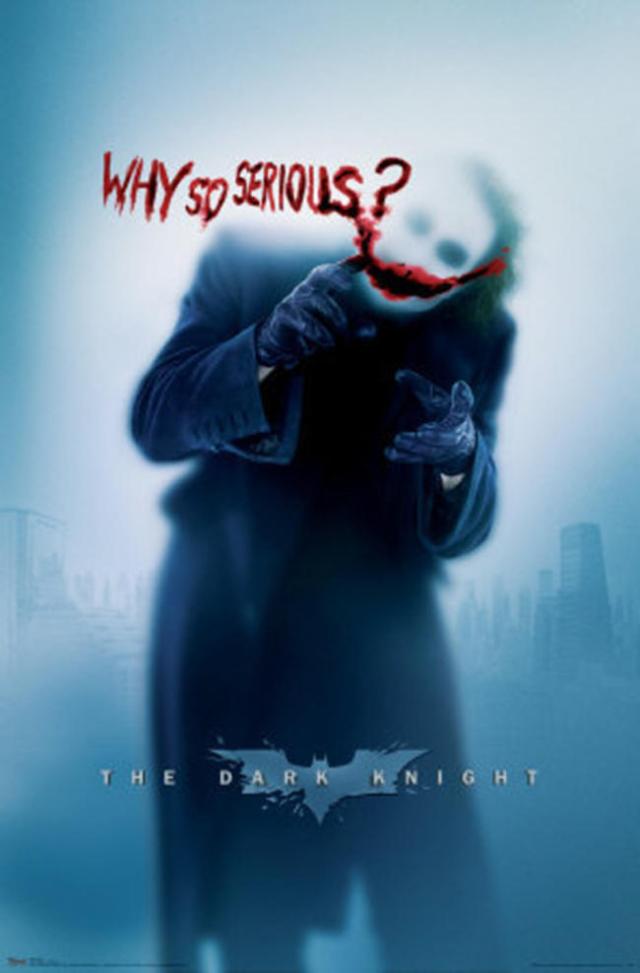Whether you like or dislike the man Quentin Tarantino is definitely a man who has made a name for him just from his films, starting with My Best Friend’s Birthday (1987), but the film was never fully released because a fire destroyed 34 minutes of the film so only 36 minutes of the film was screened at several film festivals in 1987. Quentin Tarantino himself has gone on record saying that the film was poorly directed.
Quentin Tarantino’s next film Reservoir Dogs (1992) is where Quentin Tarantino’s directorial and film-writing style came into fruition. Instead of a basic 3-arc structure of a beginning, middle and end Quentin Tarantino uses a different narrative structure, which is distorted. The story will move forward a little bit then pause for the audience to gain some background information on the characters, cleverly enough this is information about the characters that none of the other characters know about each other because of the premise of the narrative. The film centers around a group of criminals put together to rob a jewelry shop. The organizers of this heist Joe Cabot and his son “Nice Guy” Eddie Cabot thought things would run smoother if the criminals Mr. White, Mr. Brown, Mr. Pink, Mr. Blue, Mr. Blonde and Mr. Orange didn’t know anything about each other, not even their real names, that way if one is caught they can’t snitch on another person.
Pulp Fiction (1994) is a similar story with narrative structure being distorted from what is the “Classical Hollywood narrative”. If the seven sequences were ordered chronologically, they would run: 4a, 2, 6, 1, 7, 3, 4b, 5.
- Prologue—The Diner (i)
- Prelude to “Vincent Vega and Marsellus Wallace’s Wife”
- “Vincent Vega and Marsellus Wallace’s Wife”
- Prelude to “The Gold Watch” (a—flashback, b—present)
- “The Gold Watch”
- “The Bonnie Situation”
- Epilogue—The Diner (ii)
I think he uses a non linear narrative structure to provide his audience with more information about characters, which shows he focuses on developing his characters throughout the film having the narrative revolve around them rather them live in the narrative.
Kill Bill: Vol. 1 (2003) also follows the non-linear narrative style set by these two films. But, what really connects these films via Tarantino’s directorial & film-writing style is the levels of abrasive dialogue and violence presents in all films. Tarantino uses race as a point of shock to entice his audience in Reservoir Dogs and Pulp Fiction, not so much so in Kill Bill: Vol. 1 racism is very much a real problem in society and I think Tarantino uses racism in his films to show how present it still is in society. Society is a macro scale, hard to pinpoint racism and be shocked at it, whereas films are micro, when racism occurs in a film you are going to recognise it. The violence shown in his films also shocks his audience, as a film maker he doesn’t care if people are talking badly about his films, to him it just shows he has effected their emotions, that’s what he really cares about.
I demand the right to be them, I demand the right to think them and I demand the right to tell the truth as I see they are, all right?
Quentin Tarantino- in response to Spike Lee questioning his use of race in his films.

